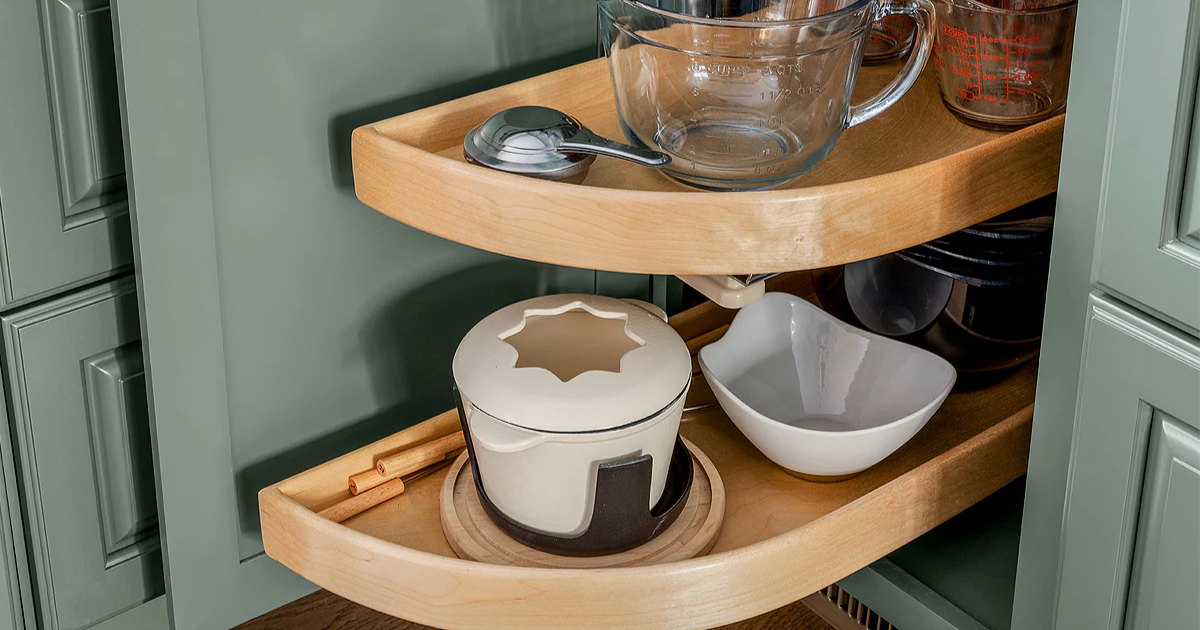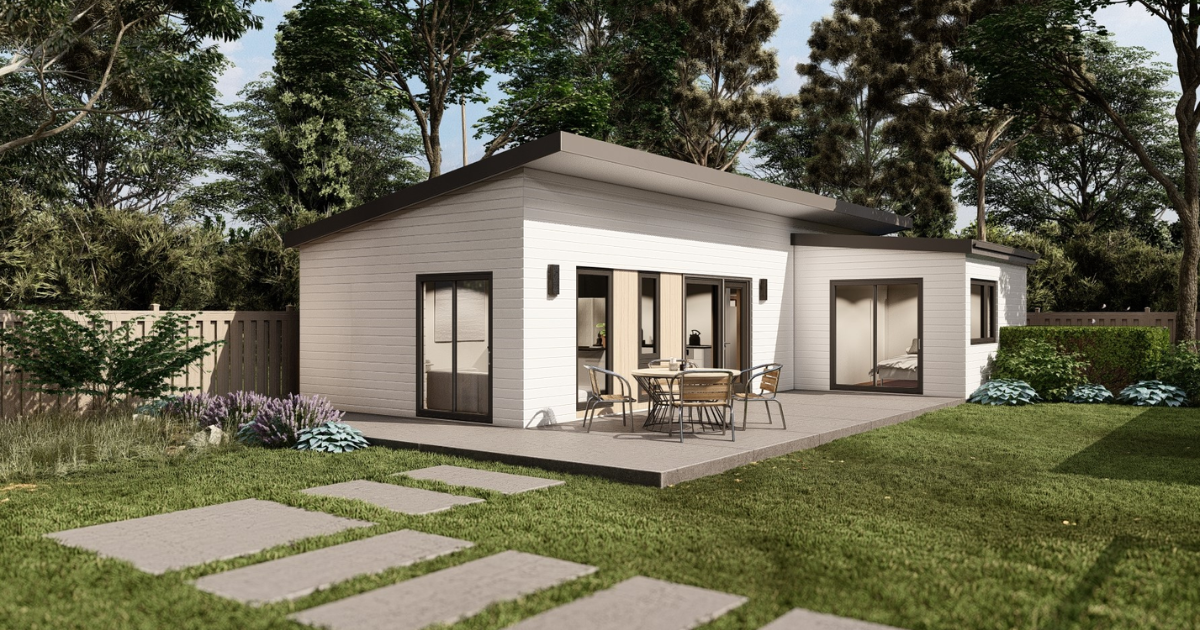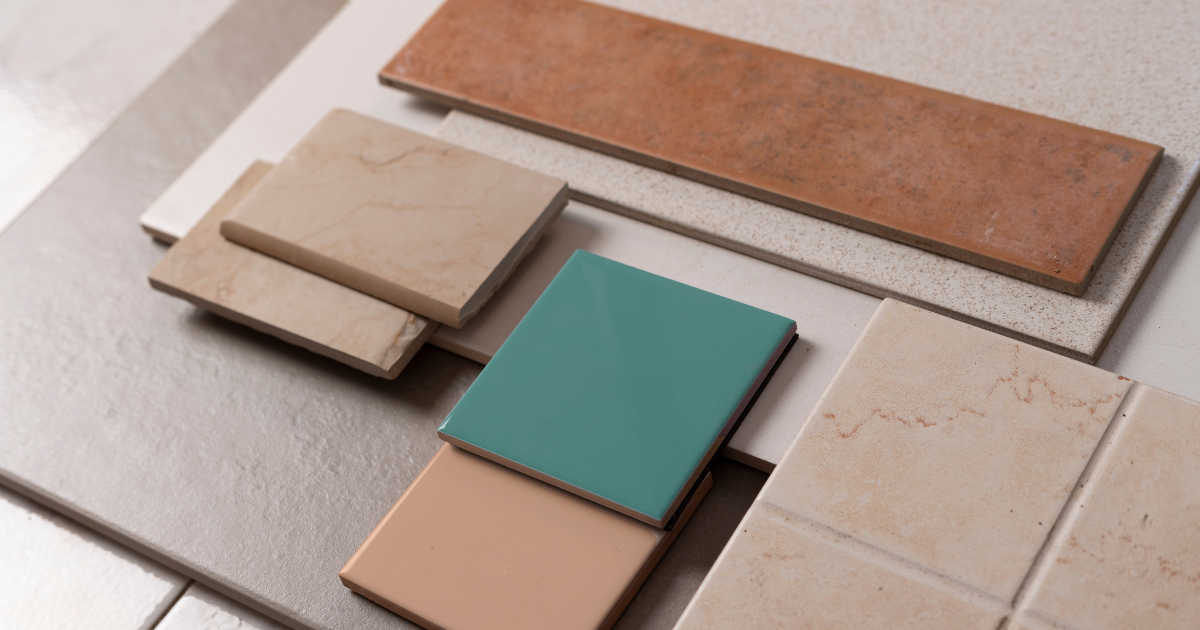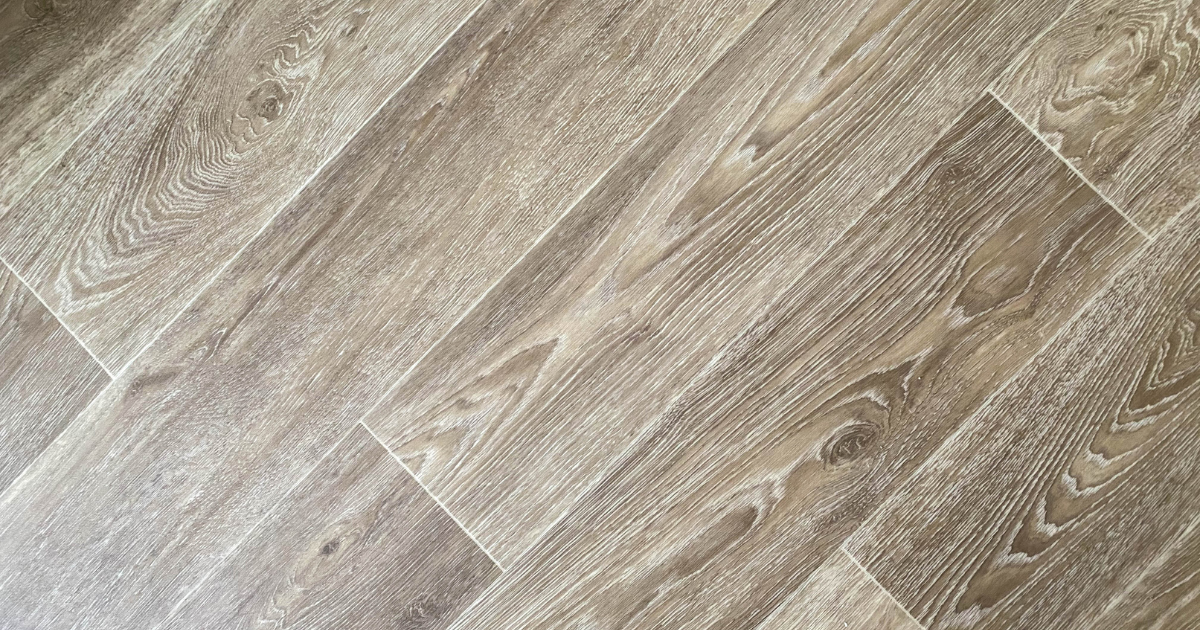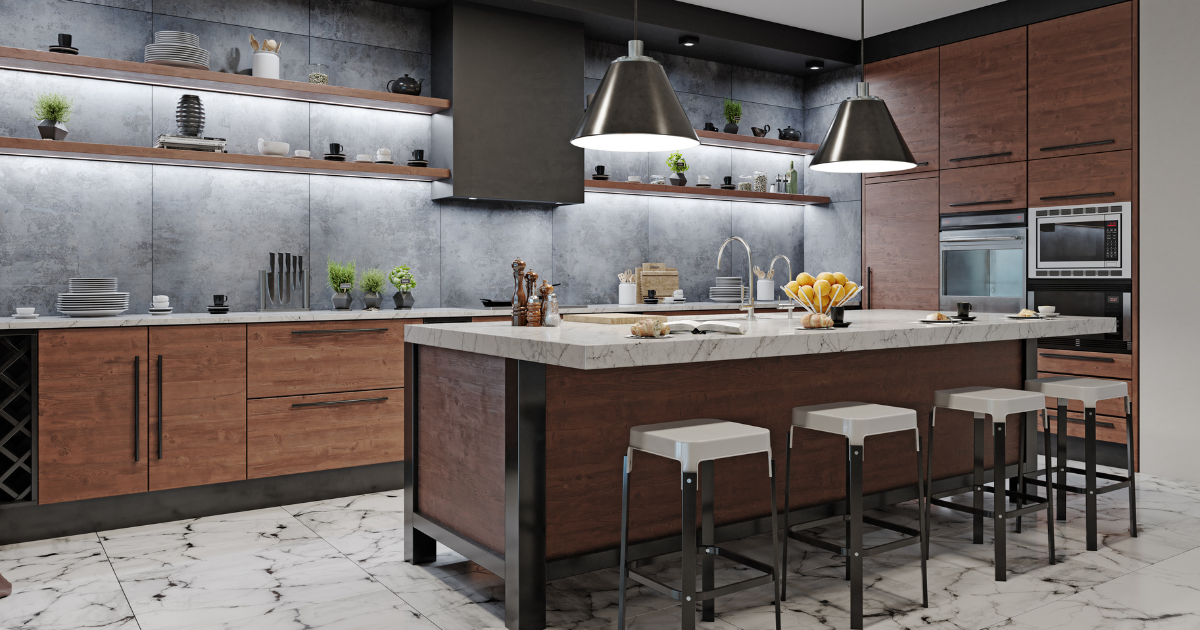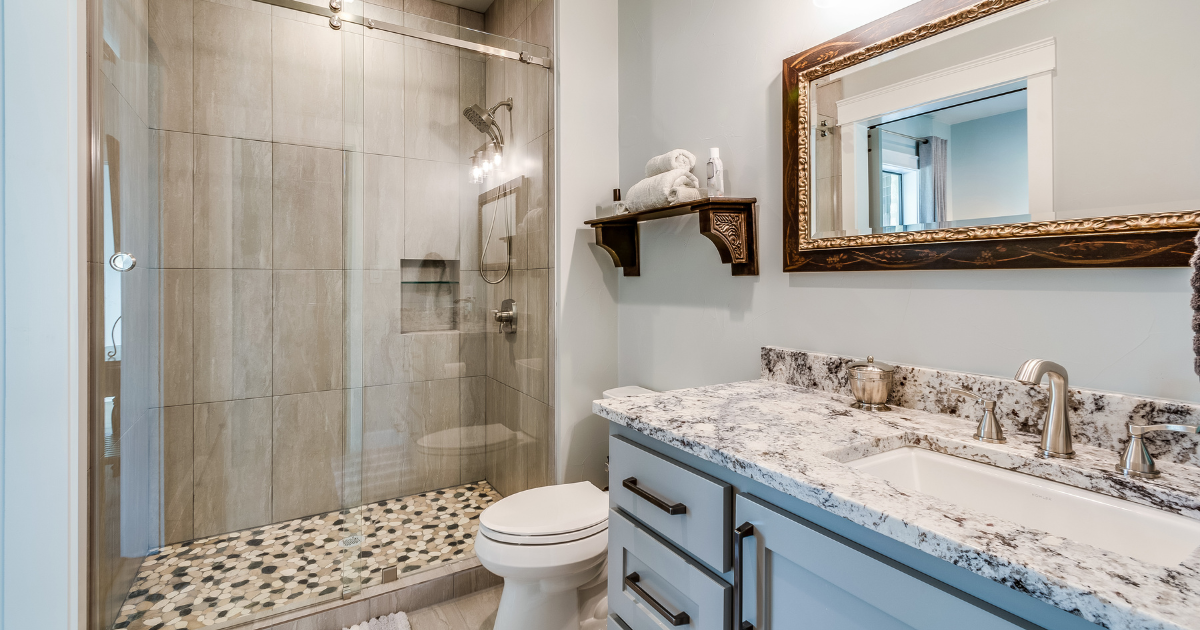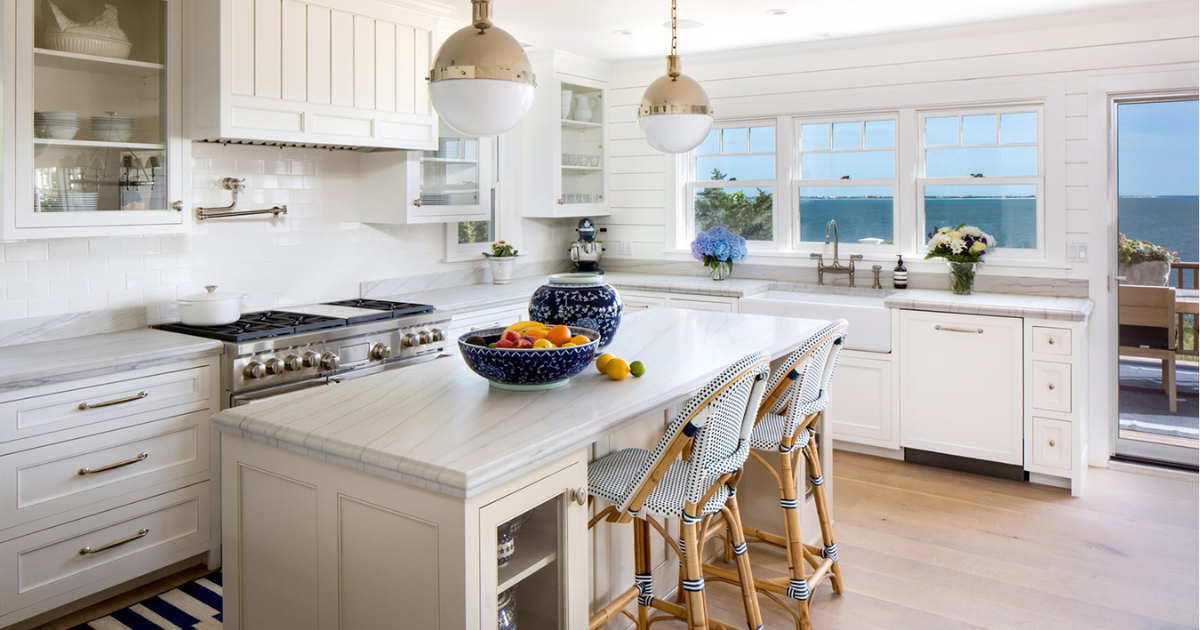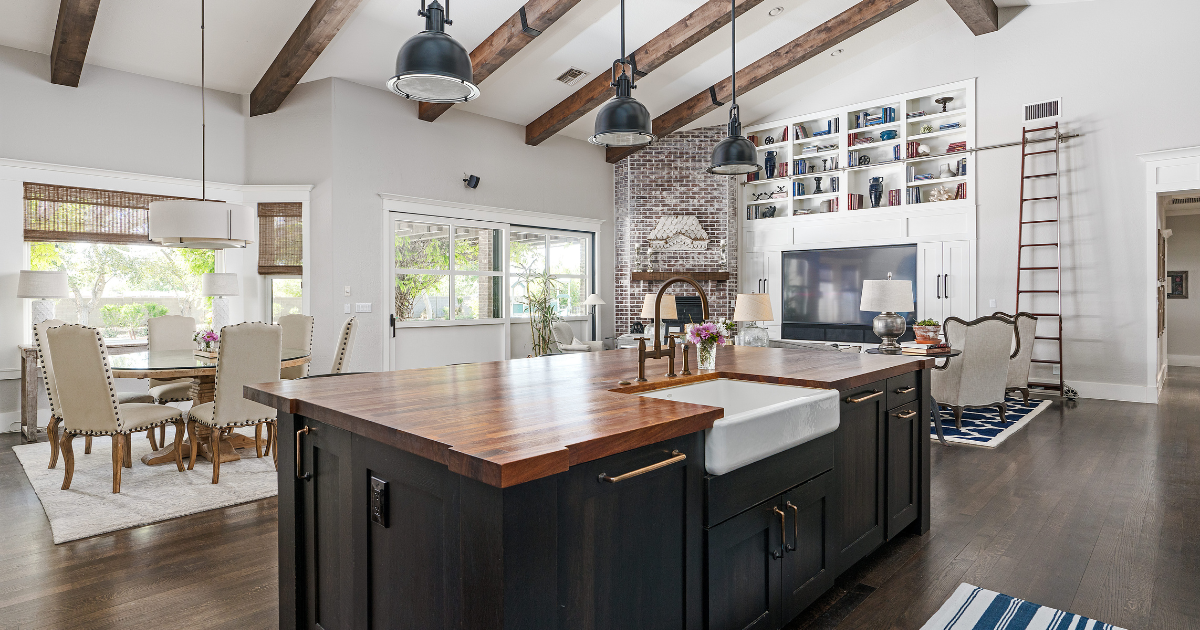Detached vs. Attached ADUs: Pros, Cons, and Cost Considerations
Accessory Dwelling Units (ADUs) have become an increasingly popular housing solution, especially in areas like California where housing shortages and high costs have driven homeowners to seek alternative living arrangements. Whether you're looking to accommodate family members, create a rental unit for extra income, or increase your property value, an ADU can be a smart investment.
But should you opt for a detached ADU or an attached ADU? Each option has its own set of advantages, drawbacks, and cost implications. Let’s break them down so you can make the best choice for your needs.
What is a Detached ADU?
A detached ADU is a standalone structure built on the same property as the main home. It has its own foundation, walls, and utilities, separate from the primary residence. These units can be used for rental purposes, guest houses, home offices, or even multi-generational living spaces.
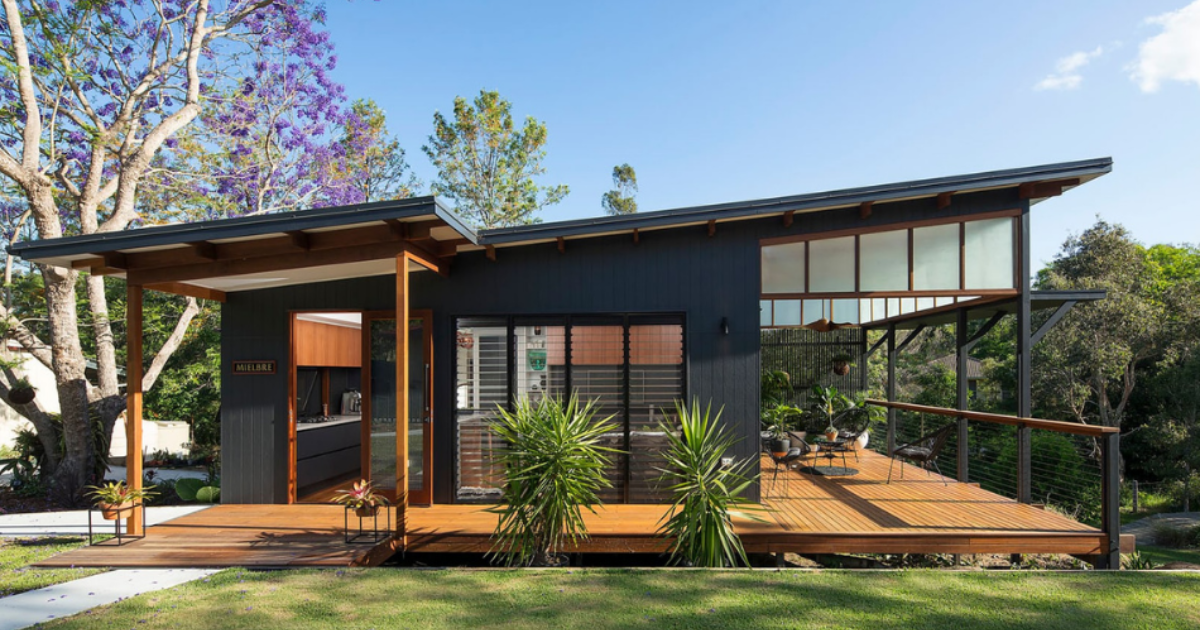
Pros of Detached ADUs
- Increased Privacy – Since a detached ADU is separate from the main house, it offers more privacy for both the homeowner and the occupant.
- Higher Rental Value – Because of the added privacy and independence, detached ADUs often command higher rental rates compared to attached units.
- Design Flexibility – With a detached unit, you have complete control over the layout, size, and architectural style, without being restricted by the existing structure.
- No Shared Walls – Noise transmission between units is minimized, making it a more appealing option for tenants or family members.
Cons of Detached ADUs
- Higher Construction Costs – Since it requires its own foundation, roofing, and utilities, a detached ADU is typically more expensive to build.
- More Land Required – Not every property has enough space to accommodate a separate structure, which can be a limiting factor in urban or small-lot areas.
- Additional Permitting and Zoning Requirements – Some municipalities have stricter regulations regarding detached ADUs, which can complicate the approval process.
Cost Considerations for Detached ADUs
Detached ADUs generally cost more to build than attached ones. According to a report by the Terner Center for Housing Innovation at UC Berkeley, the average cost to build a detached ADU in California ranges between $150,000 to $400,000 depending on size, materials, and location.. Additional costs may include separate utility hookups, foundation work, and landscaping.
What is an Attached ADU?
An attached ADU is an extension or conversion of an existing part of the main home. This could include converting a garage, basement, or building a new addition that shares at least one wall with the primary residence.
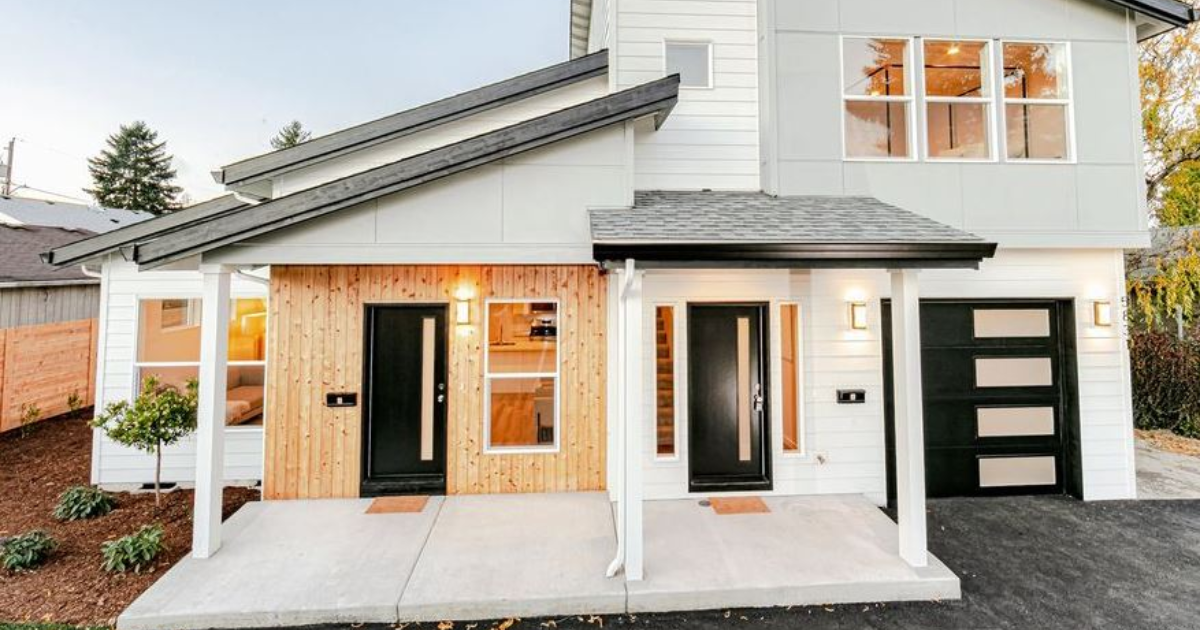
Pros of Attached ADUs
- Lower Construction Costs – Because an attached ADU uses existing walls and infrastructure, it’s usually more affordable to build than a detached unit.
- More Efficient Land Use – If your lot is small or you don’t have space for a detached unit, an attached ADU is a great way to maximize existing property.
- Easier Utility Connections – Shared plumbing, electricity, and HVAC systems make installation and maintenance simpler and more cost-effective.
- Faster Approval Process – Many municipalities have fewer zoning restrictions on attached ADUs compared to detached units, making it easier to obtain permits.
Cons of Attached ADUs
- Less Privacy – Since the unit shares walls with the main house, noise and interaction with the primary residents can be a drawback.
- Limited Design Flexibility – The structure must conform to the existing home’s design, limiting customization options.
- Potential for Reduced Rental Value – Tenants may prefer a detached unit due to privacy concerns, which can impact rental income potential.
Cost Considerations for Attached ADUs
Attached ADUs tend to be more budget-friendly, with costs ranging from $50,000 to $200,000, depending on the scope of work. Garage conversions or basement apartments can be on the lower end of the spectrum, while building a brand-new extension can push costs higher. Since the unit shares utilities with the main house, operational expenses are often lower than those of a detached unit.
Making the Right Choice for Your Property
When deciding between a detached vs. attached ADU, consider the following factors:
- Your Budget – If cost is a major concern, an attached ADU might be the better option.
- Privacy Needs – If you plan to rent the unit or host long-term guests, a detached ADU offers greater separation and independence.
- Available Space – If you have a large lot, a detached unit might be feasible. Otherwise, an attached ADU can help you maximize your property’s footprint.
- Local Zoning Laws – Check with your city or county regulations, as zoning restrictions may impact which type of ADU you can build.
- Rental Potential – If generating rental income is your goal, a detached ADU might attract higher-paying tenants.
Conclusion
Both detached and attached ADUs offer valuable benefits, but the right choice depends on your specific needs, budget, and property layout. If you’re considering building an ADU in California, MasterCraft Home Improvement can help you navigate the design, permitting, and construction process. Contact us today to
discuss your ADU project and explore the best option for your home!
